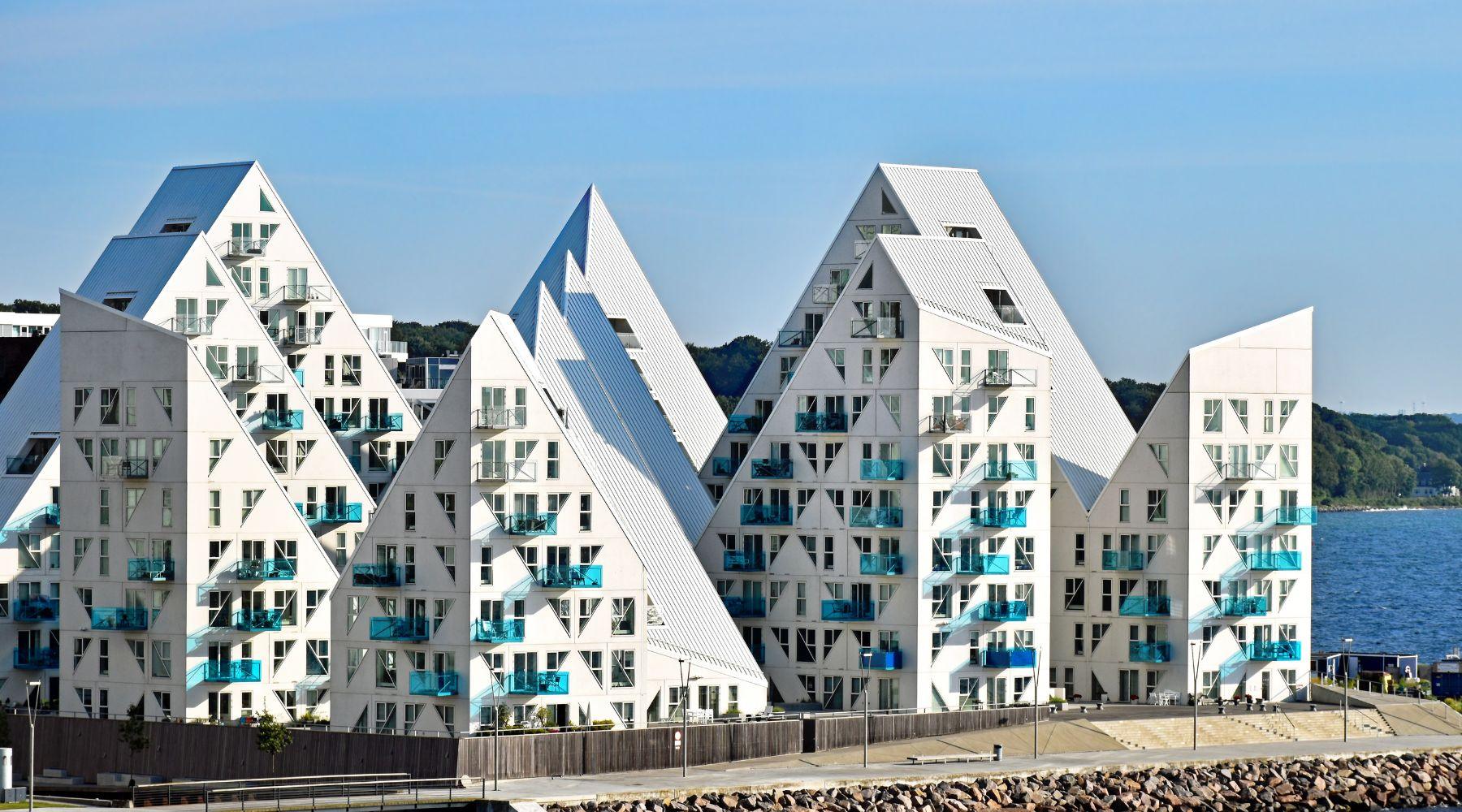Crop sprayer spraying young cotton plants in a field in the San Joaquin Valley, California

What is the Most Ethical Bedding Choice?
In today's interconnected world, people are more concerned than ever about where their products come from and how they're produced. We examine the production process of different textiles to see how they differ—and why organic linen bedding comes out on top.
Cotton
Cotton is the world’s most popular bedding choice, as well as one of the cheapest. But is it ethical?
We believe that cotton’s status as a “natural” material has given it a free pass—the truth is, some of humanity’s worst ethical and environmental violations have taken place in the name of cotton and the fast fashion cycle it perpetuates.
We all know about cotton’s historical links to slavery—but these practices still take place today. In Xinjiang, China—where one-fifth of the world’s cotton is grown—half a million Uighur people have been coerced into picking cotton under brutal forced labor programs. In India, thousands of children work unpaid in cotton ginning factories.

From an environmental perspective, it’s little better. Cotton is famously water-hungry: it takes 2,200 gallons of water to produce just one kilo of cotton, causing drought in the countries that grow it. Cotton also accounts for $2-3 billion in pesticide use every year—pesticides that have been linked to cancer and infertility. The Made-By Environmental Benchmark for Fibres, which rates fibers’ environmental impact, gives non-organic cotton the lowest-possible Class E rating; even organic cotton receives only a Class C rating.
Polyester
Polyester is a synthetic fabric derived from crude oil—a finite, non-sustainable resource. It’s rated Class D on the Made-By benchmark, as it takes a lot of energy to produce and doesn’t biodegrade. It sheds harmful microplastics into waterways and oceans and can stay in landfills for hundreds of years.
Silk
Silk bedding is made from the cocoons of silkworms fed on mulberry leaves. The Made-By benchmark doesn’t rate silk, but the Higg Materials Sustainability Index (MSI) ranks silk as a high-environmental-impact fiber due to the heavy fossil fuel use involved in silk processing.
In recent years, disturbing evidence of bonded child labor has emerged from India’s silk factories. These children work up to 14 hours per day, seven days per week, and are exposed to dangerous situations such as dipping their hands into boiling water to unravel silk cocoons.
Wool
Most “flannel” bedding is made from sheep’s wool (though it can also be made from cotton or polyester). Wool is ranked Class E on the Made-By benchmark, for reasons including land use—which decreases local biodiversity—and the air pollution caused by woolen mills. However, the benchmark only takes fiber production into account, and doesn’t consider the life cycle of the garment; wool is a durable fiber that lasts for many years, needs little washing, and biodegrades at the end of its life.

Wool production also carries animal welfare concerns, such as the still-widespread practice of mulesing. Mulesing involves removing areas of the animal’s skin to prevent infection, which is cheaper but less humane than simply preventing infection by frequent inspection.
Linen
Linen has less than 1 per cent share of the global fiber market, to which we say—you’re missing out!
All farmers of European Flax—the plant from which linen is made—must sign the European Flax charter, which means that all work is done in compliance with the stringent human and labor rights criteria of the International Labour Organization (ILO).
Describing the many environmental benefits of linen would require a whole other blog post—fortunately, we’ve got one right here! In short: flax is grown organically with little to no fertilizers and pesticides, no defoliants, and zero irrigation other than natural rainfall; all leftover parts of the plant are used to fertilize next year’s crop, so there’s no waste. And as organic linen is extremely durable, it stays on your bed and out of a landfill. Organic linen is rated Class A on the Made-By Benchmark—one of only two non-recycled fabrics to achieve this rating (the other is hemp, which shares many properties with linen but isn’t widely available as bedding).
These factors combined mean that organic linen bedding is the most ethical bedding choice you can make. You may argue that as a company selling organic linen duvet covers, we’re biased—but there’s a reason why we chose linen in the first place. Cotton bedding is a fast route to an easy profit—but at The Modern Dane, we believe that the easiest route is not always the best one. Just as European Flax takes time and effort to cultivate, it takes a little extra effort to make a better world for everyone.
What is your bedding made from? Would you consider switching to organic linen in the future? Let us know on Instagram, Pinterest, Facebook, or Twitter!






Leave a comment
This site is protected by hCaptcha and the hCaptcha Privacy Policy and Terms of Service apply.